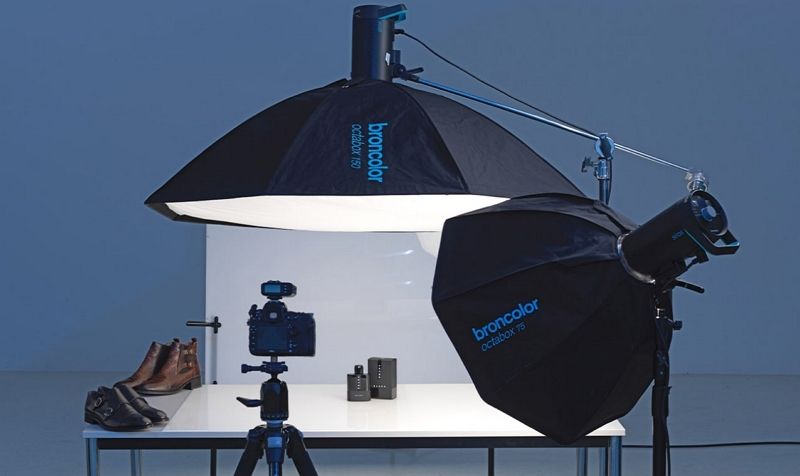Do you want to learn how to take professional product photos? Maybe you’re starting a business and need a professional product photographer to help you capture your brand’s essence? When we’re talking about product pics, there’s always that word—professional.
Why is it so crucial for product photographs to be professional-looking?
We were asked that question a lot, so we wrote an article about it. Here’s everything we know about the importance of professionalism in product photography and how that relates to branding and success in today’s fiercely competitive ecommerce market.
In this article
What Is Professional Product Photography?
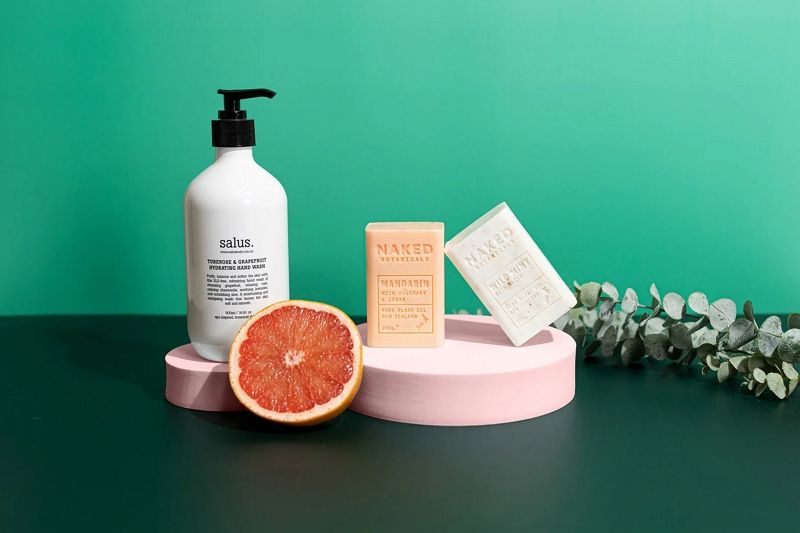
Professional product photos can be found on websites and social media pages of brands that sell stuff online. They show literally everything you can imagine.
Most online marketplaces like Amazon or eBay feature professional product photos against a plain white background with no props. This basic type of product photography increases consumer trust by letting you zoom in and see items from multiple angles.
However, it’s not the only type of professional ecommerce photography—brands from Zara to Ikea get the importance of storytelling, so they also include products in context. Zara shows how its clothes look on models, often on location, and how to wear them with other pieces.
All this serves the same goal—convincing shoppers to hit the BUY button.
Read more: how to take pictures of clothes to sell
Only Professionals Can Take Product Photos That Sell
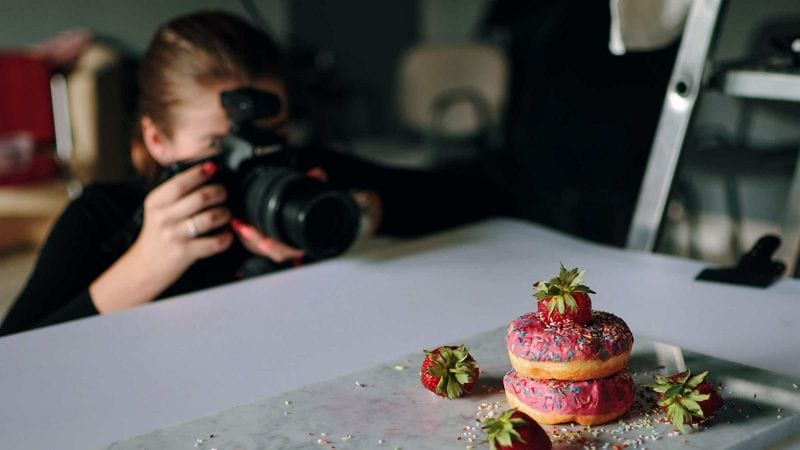
Well, kind of. If by professional, you mean a determined individual with a solid camera phone and editing app. Product photography is not easy – in many aspects, it’s one of the trickiest forms out there. However, that doesn’t mean that you need a professional diploma.
If you have a keen eye and are comfortable with the camera, you should be able to master this in several months. You’ll need a $30 online course to pick up professional product photography tips and quality equipment that doesn’t have to cost much, and you’ll need a bit of practice.
However, it’s an entirely different story if you’re busy running a business.
As an up-and-coming brand, you don’t stand a chance without professional product photography. It’s harsh, but it’s how things are. Unless you are running a DIY one-man operation and have the time and money to learn a new skill, you’ll need to hire a real professional.
Professional Product Photography Fully Displays the Brand Image

That’s right—product photography must capture the elusive vibe that makes your brand special. If you haven’t figured out your brand identity yet, it’s better to put a pin in product photography and work on that first. You need to have a strong sense of who you are as a brand.
A brand is such a complex concept that determines the course of your entire business. It makes you instantly recognizable (think Burberry or Louis Vuitton), reputable (Apple or Mercedez), and distinctive (Leggo or McDonald’s). Most importantly, it speaks directly to your audience.
Can professional product photography encapsulate all that? And if yes, how?
Do you know how they say a picture is worth a thousand words? As a photographer, your job is not only to picture things the way they are. You must also build a story around them, even without background and props. You can do it by using lighting, shadows, and angles.
Professional Product Photos Impact Buying Decisions
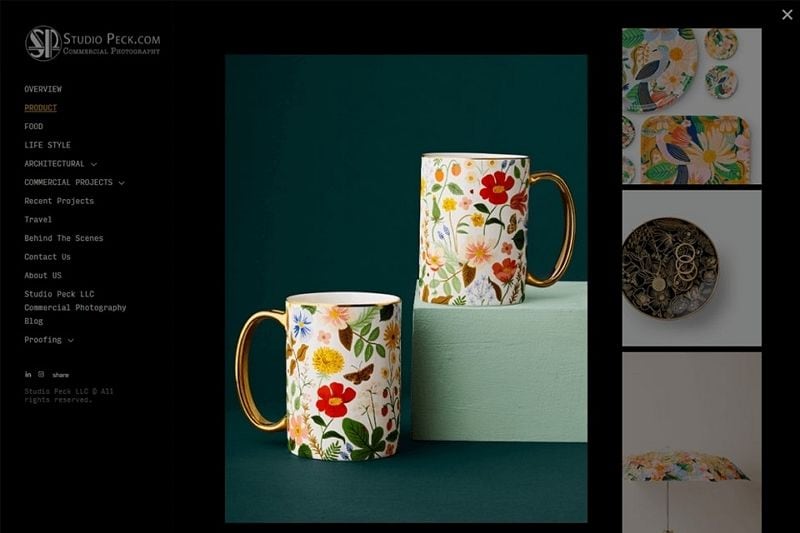
Would you believe that product photos influence at least 75% of online buyers’ purchase decisions? That is incredible! It means that a good product pic can make or break your chances of success. Professional product photography directly impacts your conversions.
When you think about it, it’s only natural that product photographs would have such an enormous impact on online buying dynamics and customer behavior. In this environment, a good pic is the only proof of product quality and the best indicator of your brand’s trustworthiness.
Would you ever buy from a brand with pixelated product pics? Of course not!
Online buyers cannot feel the quality of the fabric or smell a perfume before they add it to the cart. A professional product photographer can appeal to all the senses with quality visuals. These pics are crucial in attracting, impressing, and easing shoppers into deciding to click BUY.
Professional Product Photography Sets a Quality Standard & Boosts Engagement
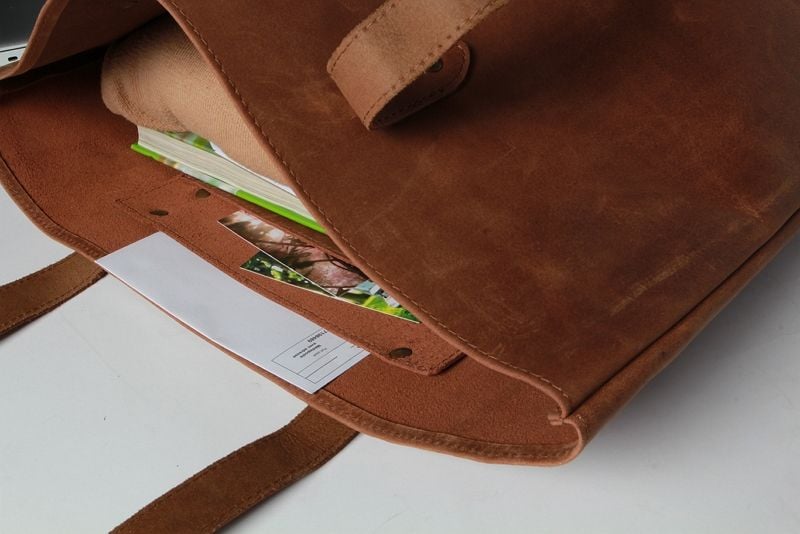
There’s something you need to be especially careful about in terms of quality. For one reason or the other, product photographers sometimes get carried away during the editing phase of the process. Many artists have this need to make subjects more beautiful than they are.
Though otherwise innocent and expected, this need to edit and overdeliver can damage your brand’s integrity. According to one survey, 22% of shoppers who’ve returned products they’ve bought online cited that the item they received didn’t match the photo on the website.
So, yes, product photos must set a quality standard—but a realistic one.
A professional product photographer will know how to realistically capture materials, textures, and colors while also highlighting your products’ most valuable selling points.
While professional Amazon product photography requires a white background with no props, this kind of product pics can sometimes be misleading. Product pics are the most authentic when they involve a context that gives the item a reference point for shape and scale.
These are called lifestyle product photos and are important for another reason—they boost engagement on social media. When shown in context, products are more likely to spark comments, get likes, and be shared across platforms.
Match Customer Expectations Through Professional Product Photos
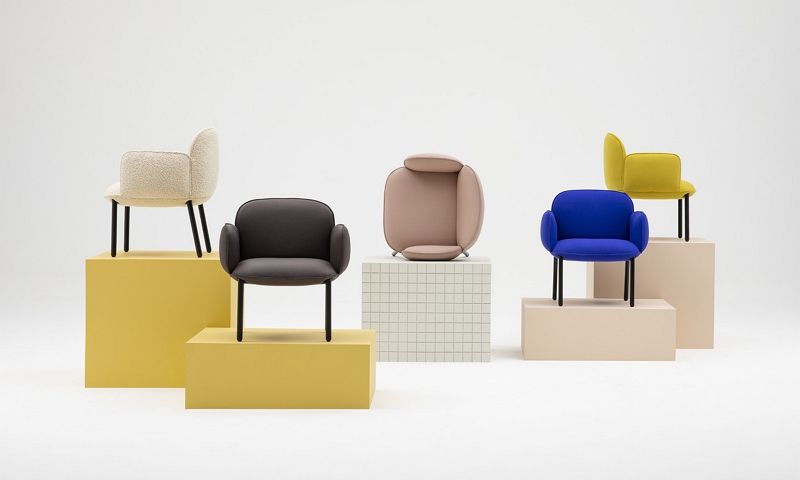
Let’s brainstorm for a second. What do you think modern-day shoppers want to see when they look for products online? As always, customers have certain expectations. Your brand’s success depends on how well you understand these expectations and how you match them.
Different products and brands will demand different product photography types and techniques, but all of them must cater to the same type of consumer and their expectations:
- Top Quality—Product photography photos that sell must be high quality and professional-looking. Most buyers will appreciate being able to zoom in for clarity.
- Authenticity—The photographer must show a product just the way it is. If the item has intentional or design flaws, the photograph must make that apparent to the buyer.
- Palpability—Professional product photos must be able to compensate for the fact that the buyer can’t touch the product. They must show texture and multiple angles.
- Contextuality—Ideally, buyers should be able to picture themselves using the product. Photography achieves that by depicting items with models and props, often on location.
- Creativity—If product pics show a glimpse of creativity, that’s always a plus. When using effects and props for this, be careful not to draw attention away from the product.
Do you want to know why professional product photography is better left to professionals? Here’s why! It’s not merely a marketing tool. It is truly an art form that involves many moving parts and demands experience and creative thinking on top of technical expertise.
Professional Product Photography Tips
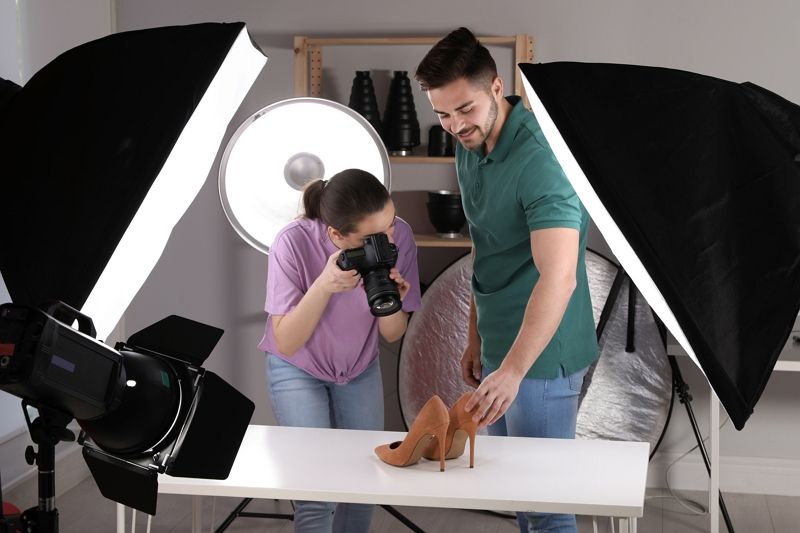
Now you want to know if you can become a professional product photographer for your brand or improve your skills and start taking photos for others.
We have some good news for you—if you truly commit, the answer is yes!
Here’s a checklist of professional product photography tips to get you started:
1. Professional Photo Equipment
For starters, you will need a solid camera (yes, you can use your smartphone!), a tripod, white paper, a table, and a peaceful, well-lit corner to set up your DIY studio. As you get better and better, you should invest in studio lighting and professional editing software.
You may also be intersted in: Best free online AI photo editor
2. Consistency in Quality
Everyone knows that quality is a must, but how do you keep all your product photos on par with each other or the latest developments and trends in product photography? Well, that takes time and practice. Our advice is—always take multiple pics and study the results.
3. Work on Photo Editing Skills
Professional product photography heavily relies on editing to improve the results. Post-production helps you enhance your pics while keeping the subject authentic. You can correct colors, adjust light, and ensure the overall composition elevates and flatters the product.
4. Be Authentic
Artists always say this, but what does being authentic mean in this context? Contrary to popular belief, there’s plenty of room for creative and original ideas in product photography. You need to think of ways to make your products pop in a genuinely unpredictable way.
5. Use Camera’s Full Potential
From aperture to exposure, you can’t call yourself a professional if you don’t learn to use a full range of your camera’s specifications. All those manual settings you’ve never touched before? Start trying them out. If needed, take a photography course to learn more about your camera.
Conclusion
If you show product photographs on your website and social media, they must exude professionalism regardless of whether a professional took them. Otherwise, potential buyers will think your brand is not a serious one and will shop elsewhere.

